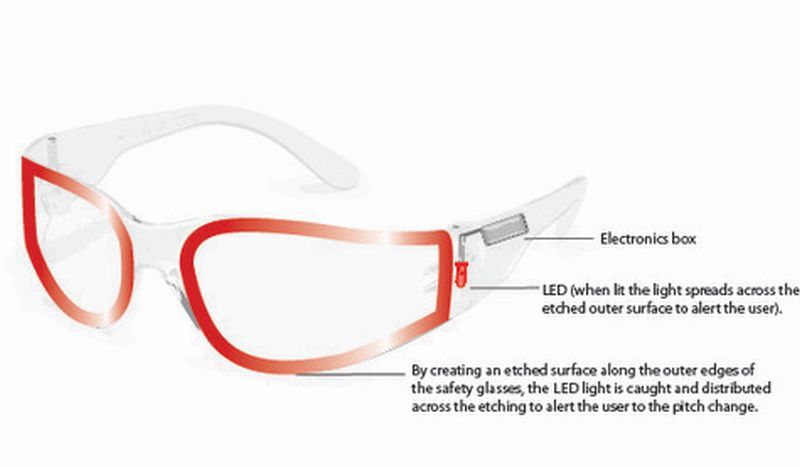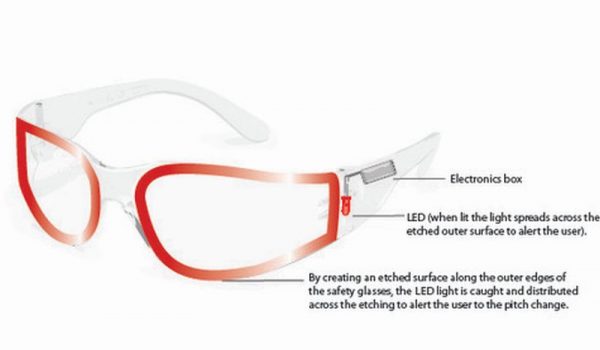In 2015, lawyer and human rights advocate Elise Roy gave a TED Talk in which she outlined five crucial steps to successful innovation and problem solving in design. In the talk, Roy put forth a premise: Designers who take into account users’ disabilities almost invariably improve their project. When we design for disability, she observes, we all benefit.
When we stop to consider that technological inventions such as voice activation and control, audiobooks, and a host of smart devices were first invented to assist people with disabilities, Roy’s claim is difficult to deny. Making products and devices which are both accessible and empowering to people with physical impairments has long been a goal of designers across many fields. In considering how to create a solution that meets these additional, often complex needs, designers are able to produce a product which is better for all users.
How do we design for disability?

Of Elise Roy’s five key steps to designing for disability, the first is defining the problem and understanding the constraints it poses. The second is observing and empathizing with people in real-life in situations or environments where their disability may compromise their experience.
Number three is about generating ideas. This creative process should be wild and ideas plentiful at first, then refined and developed before beginning step number four: prototyping. Create your solution, test it and fine tune it. The last step is implementation, ensuring the solution you have come up with is viable and sustainable.
An industry which specializes in designing and developing products for the disabled are lift and elevators manufacturers. They use this model of design thinking to assist in the development of accessibility solutions for wheelchair users. Advanced platform lift solutions company Premier Platform Lifts draw attention to the fact that their designers have spent time “gaining firsthand experience of the challenges wheelchair users face when using platform lifts” This experience and input from platform lift users informs their product design.
The first applications of lifts were not necessarily to assist the disabled; they were developed to improve transportation of materials and goods. However, the most significant advances that have been made in elevator technology, such as electrification and the standard flush-to-floor level design we see in many platform lifts today, can be attributed to designing for disability.
Purpose gives focus and direction

While there is some truth in the proverb ‘necessity is the mother of invention’, it can also be unhelpful to think of design in this way. The process should not focus on making accommodations for specific needs; this should inform and guide the approach. Artisans of every type will tell you that creating within the constraints of a specific purpose or intent sharpens creativity and focus, and forces you to examine ideas from a new perspective.
In her TED Talk, Roy, who is deaf, shares an anecdote from early in her career. She found, during a woodworking class, that her peers would be able know if a tool was about to backfire because of the unique sound it made beforehand. Roy, of course, couldn’t hear that auditory warning, but set about solving that by designing the Pitch Alert Safety Glasses, that could respond to changes in pitch, translating the sound cue into a visual signal.
So it’s not just accessibility solutions like ramps, handrails and tactile paving that exemplify the benefits we all experience when designing for disability. There are many everyday inventions we all use, but may not realize were designed to assist those with additional needs.
Designing digital technologies for disability

Oftentimes, designing for disability on the web relates to user experience, or UX, the catch-all for improving how both able-bodied and disabled users consume web content. In most applications, this refers to navigational and structural tools, but can also mean augmenting video content with subtitles, providing an audio description of written content, or simply making buttons and links big enough to click.
A report on Google’s efforts to improve its search engine’s accessibility found that endeavors to improve accessibility for visually impaired users lead to a huge advance in UX for all Google users. A key Google algorithms which uses AI to determine priority and importance of page content lead to the creation of Google’s Knowledge Graph. “[I]nclusive design means more than just hacking an app or product so that people with disabilities can use it,” says Eve Anderson, head of Google’s accessibility efforts. “It’s something that benefits literally everyone.”
Article Submitted By Community Writer




